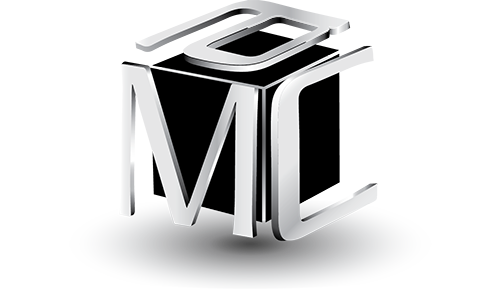Google “Strategic Talent Management” and you will come up with about 2 million hits. The discussion about STM is reaching a fevered pitch online, in blogs, and at conferences. Approaching talent from a strategic perspective is more than just a hot topic. It is a significant evolutionary step up from “Employees First” or “People Are Your Most Important Asset” perspectives. STM puts the emphasis back where it should be – on strategy – and driving the business strategy with a focused workforce strategy.
Is your company evolving, taking a strategic approach to talent and adding to the STM discussion? I thought it might be enlightening to answer this question by describing what STM is NOT so here is my list of Top Signs That You Are NOT Taking A Strategic Approach To Talent.
- You can’t clearly describe the link between business strategy and your talent strategy.
- You don’t know the roles that provide the greatest Return on Improved Performance for your organization.
- You haven’t defined the leadership competencies critical to strategic success.
- Top leaders are not held accountable for talent management objectives.
- You don’t regularly conduct robust, objective talent reviews to determine if your organization is capable of executing the strategy.
- Talent assessments focus on just on the top of the house and not several levels of the organization.
- You don’t know in which leaders to selectively invest to get the biggest bang for your buck.
- Talent development doesn’t involves challenging jobs, assignments and projects but focuses mostly on training.
- Poor performance is tolerated.
- You don’t have measures in place to track the impact of talent management practices.
- Mission critical positions are not filled exclusively from within the organization
- Your talent management processes are not integrated, aligned and differentiating.
If you’d like to read more about signs of Strategic Talent Management, check out this
whitepaper on my website.


